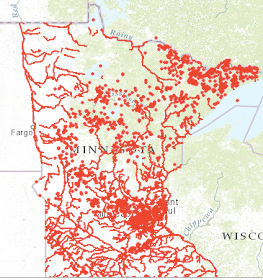 |
| © harrington |
Just came back into the house after taking the dog for a walk. I'm almost (but not quite) ready to join the climate change deniers. Actual temp about 4 degrees; windchill in the -30 range; lows tonight forecast to be around minus 15. I think one of the reasons that the photo shows just tracks and no critters is they have more sense than we do. When the weather gets like this most creatures around here (except us humans) bed down out of the wind and stay there until the cold spell or storm breaks. Of course, I'm not referring to those who were already hibernating or torpid. I'm glad I've got a nice stack of books to be read and, as soon as my Novocain wears off, I'll be able to sip some hot coffee. Today involved a much overdue trip to the dentist. Better done on a day like today than on a warm spring or summer afternoon. Do any of you remember spring or summer? How about autumn? On this last day of January winter is starting to seem about as long as my time in the dentist's chair (or vice versa). Tomorrow begins February, the shortest, cruelest month and the month of the Hunger Moon. One month from now, we should at least be able to see spring from the southern realms of My Minnesota. Up on the Range, add four to six weeks. This could be as good a time as any to go put on Girl from the North Country (second stanza):
"If you go when the snowflakes storm
When the rivers freeze and summer ends
Please see if she's a coat so warm
To keep her from the howlin' winds."































